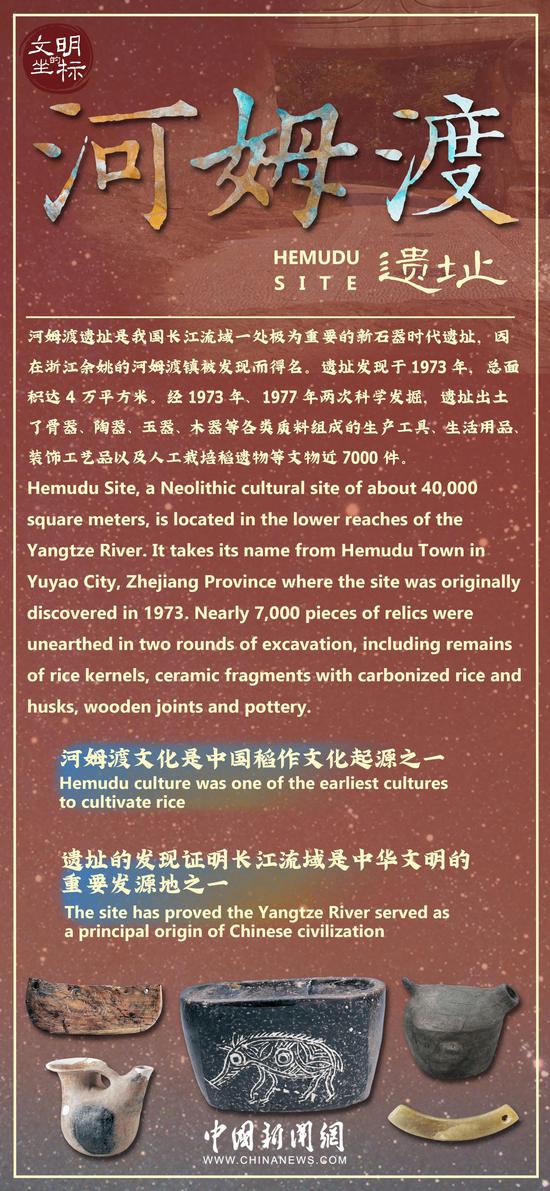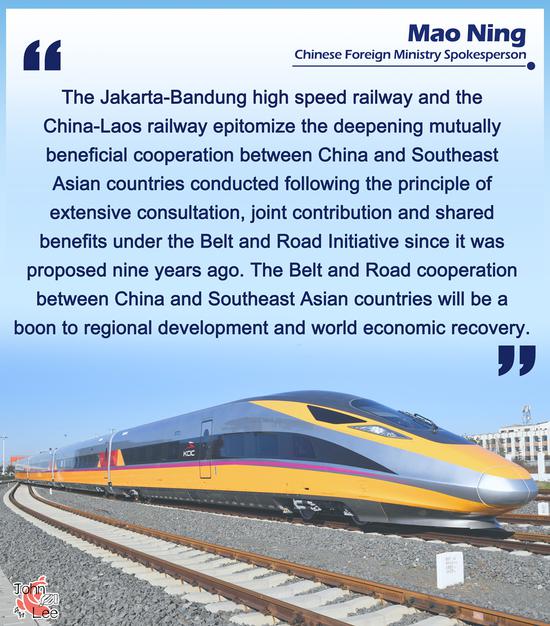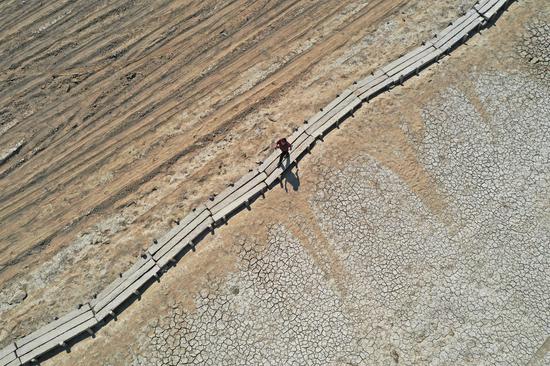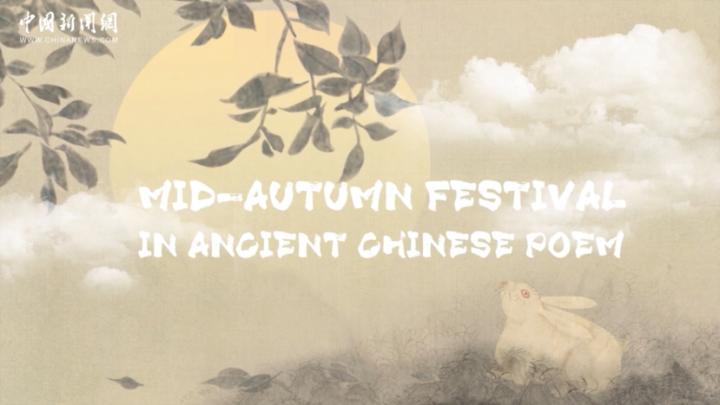By Yang Chengchen
(CNS)-- March 28 is the 63rd anniversary of the liberation of millions of serfs in Tibet. The book "When Serfs Stood up in Tibet" was written by American writer Anna Louis Strong in 1965 and is still one of the best books for anyone to understand the history of Tibet’s democratic reform.
In 12 chapters, Strong makes an important observation about Tibet, the snowy plateau, as part of the foreign press in 1959, when the People’s Liberation Army (PLA) suppressed a rebellion seeking to overturn democratic reform. In the preface of its English version, Israel Epstein, the Polish-born journalist, commented that Strong’s narration was “close to the facts” and her "approach and the actual development of reality are in harmony."
The book’s perspective is still valuable today 60 years after Tibetan serfs were emancipated. However, the description of Tibet has been distorted more or less from reality by some western media, converting Tibet into an imaginary and idealized place that never existed. Uncritical thinking, lazy reporting, and even deliberate misreading of Tibet are still prevalent in Western media sources. These are arm-chair writers who hold the view that Tibet is the one that exists only in their imagination, refusing to recognize or willing to admit "actual development" in the real Tibet.
Since the 1990s, with the development of criticizing Orientalism, post-colonialism, and cultural hegemony, the impression of Tibet under the influence of the western context has aroused extensive reflection. People should realize that the so-called spiritual Tibet, like Shangri La, does not exist. This land, which was in the grip of the feudal serfdom for thousands of years, was never a spiritual land for most of its people. Exploitation, oppression and material concerns could be frequently witnessed here in the old society.
The title "When Serfs Stood up in Tibet" was true for the vast majority of people in Tibet in 1959. According to Strong’s personal observations, Tibet was undergoing a dramatic reform, which rejuvenated this snowy plateau. The author witnessed youth coming back to the land, which had been unchanging for hundreds of years by the feudal serfdom. At that time a new vision was shared among the people, the fate of the land was in their own hands and a democratic Tibet was being built.
In fact, this vision has largely been realized by the people of all the various ethnic groups in today’s Tibet. The people on this snowy plateau can see all of the possibilities, which are now revealed in the full development of the unique, mysterious, and rich Tibetan culture.
Just a casual investigation into the history of Tibet would reveal that primitive feudalism controlled the land until the middle of the last century. Serf owners in Tibet, who accounted for less than 5% of the population, possessed all cultural and educational resources and monopolized material and spiritual wealth due to their control of political and religious power. Women, even of the upper class, and monks who were in charge of important temples such as Jokhang Temple, in Lhasa, were deprived of the right to education, and were not allowed to read newspapers or any modern books.
The vitality of Tibet, which had been suppressed by this antiquated social system, found new life in this land due to socialistic democratic reform. Today, a new inclusive cultural system has been established in Tibet, with new shared wealth created with a value of more than 6 billion yuan. The illiteracy rate in the old Tibet was as high as 95%. After the establishment of a modern educational system, ordinary people can enjoy 15 years of free public education, and the average length of education has been increased to 13.1 years.
To over romanticize, even "exoticize", Tibet and Tibetan Buddhism will not help anyone to understand Tibet or its place in the larger Chinese national community.
"To build a paradise on the roof of the world" was a slogan hung on the streets of Tibet in 1959. At the time, the 10th Panchen Erdeni Lama, Chökyi Gyaltsen, told the press, which included Strong, "the Tibetan people are walking towards happiness from now on". Today, 63 years later, the actual development of Tibet demonstrates the truth in these words. The Chinese government is sparing no effort in continuously improving the roof of the world, which can be witnessed and welcomed by all people. A better Tibet belongs to China and the world.


















































 京公网安备 11010202009201号
京公网安备 11010202009201号